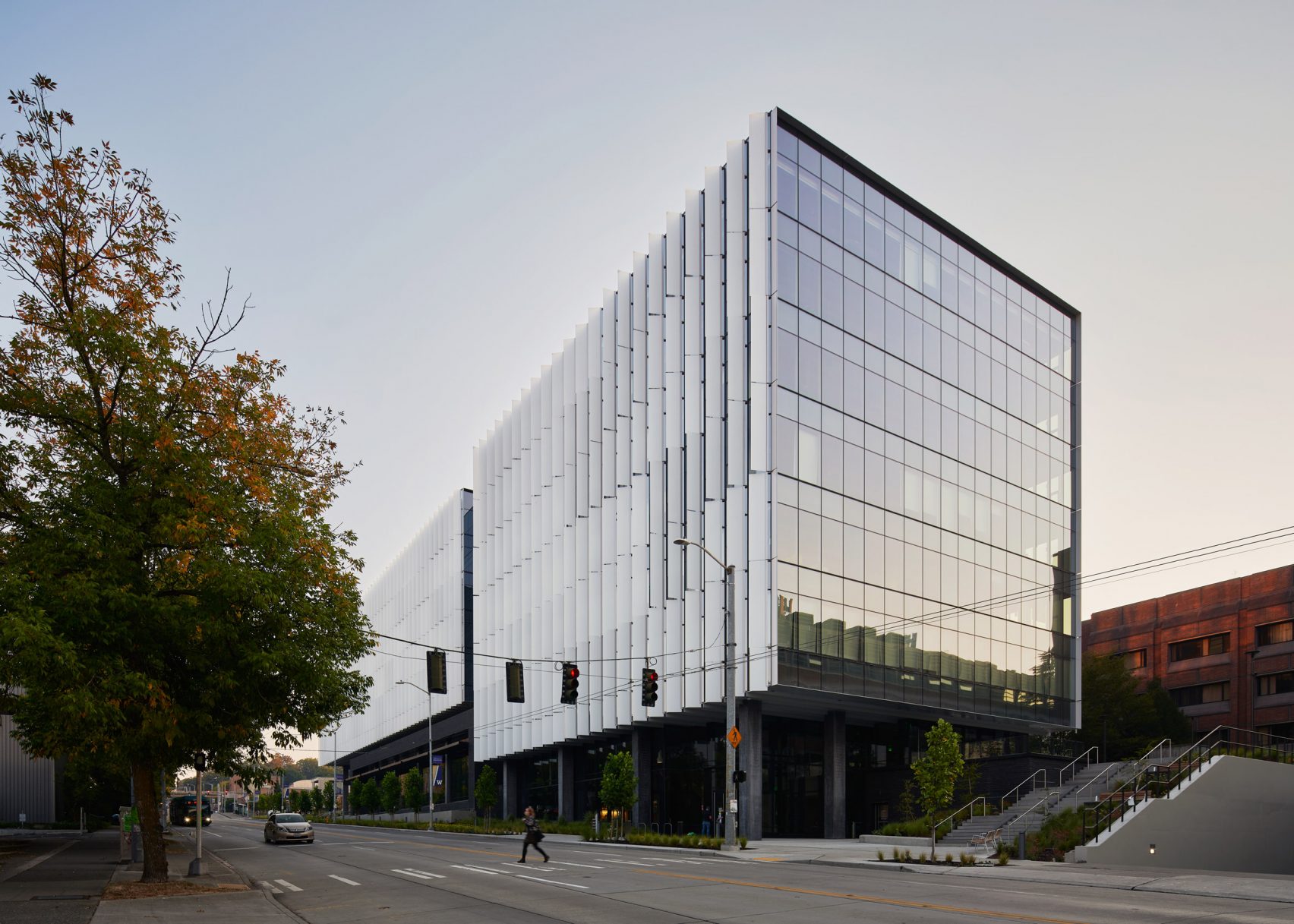UW Pop Health Glazing refers to the application of specialized window glazing technologies in buildings, particularly within the context of population health initiatives at the University of Washington (UW) or similar institutions. These glazing solutions are designed to improve occupant health and well-being, reduce energy consumption, and create more comfortable and productive indoor environments.
Key Aspects of UW Pop Health Glazing:
- Energy Efficiency: Glazing systems with low U-values minimize heat transfer, reducing heating and cooling loads and lowering energy costs.
- Daylighting: Optimized glazing allows natural light to penetrate deeper into buildings, decreasing reliance on artificial lighting and promoting circadian rhythm health.
- Glare Control: Specialized coatings and films reduce glare, improving visual comfort and productivity.
- UV Protection: Glazing blocks harmful UV radiation, protecting occupants from skin damage and fading of interior furnishings.
- Acoustic Performance: Laminated or multi-pane glazing reduces noise transmission from outside, creating quieter and more peaceful indoor spaces.
- Indoor Air Quality: Low-VOC (volatile organic compound) glazing materials contribute to better indoor air quality, minimizing exposure to harmful chemicals.
Applications: These glazing technologies are used in hospitals, clinics, research labs, classrooms, and offices to support the health and well-being of patients, students, researchers, and staff.
Benefits: The benefits of using UW Pop Health Glazing include:

- Improved occupant health and well-being
- Reduced energy consumption and costs
- Enhanced indoor environmental quality
- Increased productivity and comfort







